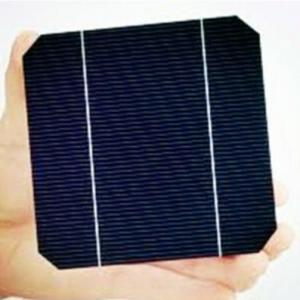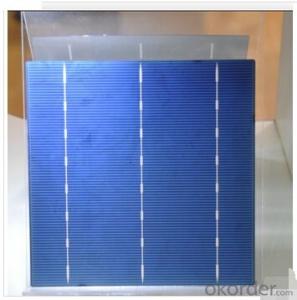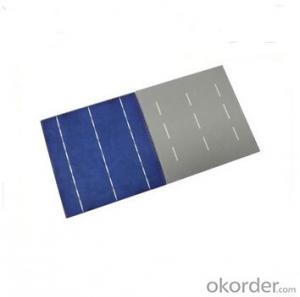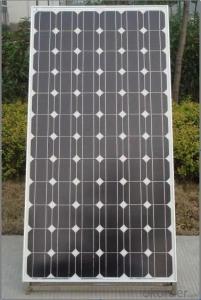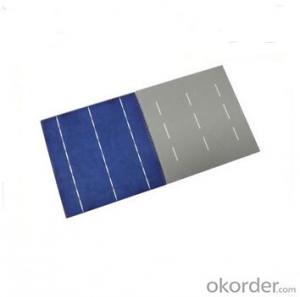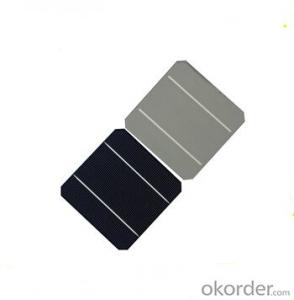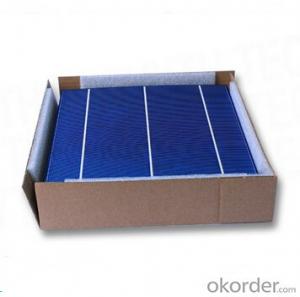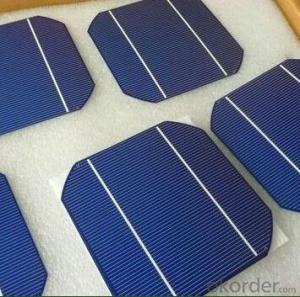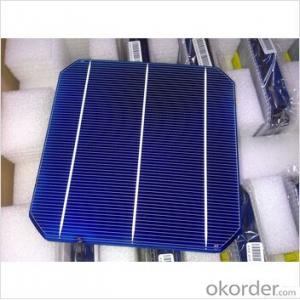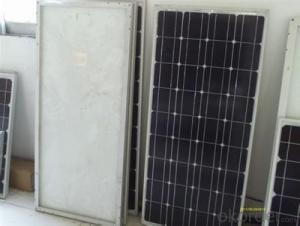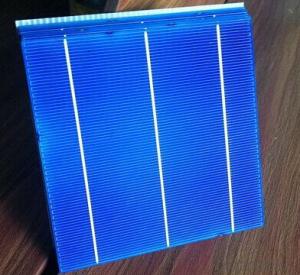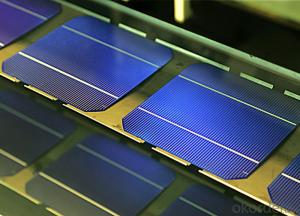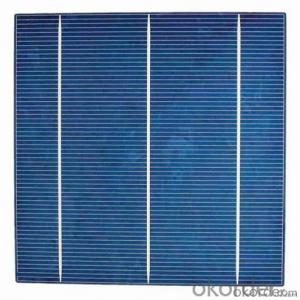Monocrystalline Vs Polycrystalline Solar Cells
Monocrystalline Vs Polycrystalline Solar Cells Related Searches
Except For Solar Cells Weegy Problems With Solar Cells High Power Solar Cells Light Trapping In Solar Cells High Performance Solar Cells High Output Solar Cells High Wattage Solar Cells Energy Transfer In Solar Cells High Efficiency Hvac Systems Recombination In Solar CellsHot Searches
Cheap Solar Cells For Sale Flexible Solar Cells For Sale Q Cells Solar Panels For Sale Printed Solar Cells For Sale Bulk Solar Cells For Sale 6x6 Solar Cells For Sale Broken Solar Cells For Sale Cpv Solar Cells For Sale Photoelectric Cells For Sale Price Of Silicon Solar Cells Price Of Solar Cells Over Time Buy Solar Cells From China Cheap Solar Cells China Best Type Of Solar Cells Flexible Solar Cells Price Q Cells Solar Panels Price 3 Types Of Solar Cells Production Of Solar Cells Common Types Of Solar Cells Q Cells Solar Panel PricesMonocrystalline Vs Polycrystalline Solar Cells Supplier & Manufacturer from China
Okorder.com is a professional Monocrystalline Vs Polycrystalline Solar Cells supplier & manufacturer, offers integrated one-stop services including real-time quoting and online cargo tracking. We are funded by CNBM Group, a Fortune 500 enterprise and the largest Monocrystalline Vs Polycrystalline Solar Cells firm in China.Hot Products
FAQ
- Solar cells are designed to efficiently convert electromagnetic radiation, particularly sunlight, into electricity. When electromagnetic radiation, such as sunlight, hits the solar cell, it excites the electrons within the cell's semiconductor material. This excitation creates an electric current, which can be harnessed as electrical energy. Therefore, solar cells are specifically designed to handle and utilize electromagnetic radiation to generate electricity.
- Yes, solar cells do require some maintenance. While they are generally low maintenance compared to other energy systems, regular cleaning of the panels to remove dust, dirt, and debris is necessary to ensure optimal performance. Additionally, periodic inspections and maintenance checks are recommended to identify any potential issues and ensure the system is operating efficiently.
- Solar cells can be affected by high levels of pollen in certain ways. Pollen, when accumulated on the surface of solar panels, can reduce their efficiency by blocking sunlight from reaching the cells. This reduction in efficiency can result in a decrease in the overall energy generation of the solar panels. Hence, it is important to regularly clean and maintain solar panels in areas with high pollen levels to ensure optimal performance.
- We are currently promoting our one of our solar cells seriers, which is the 156mmx156mm 6inch,2BB/3BB polycrystalline/multi solar cells,mono solar cell,made in Taiwan/Germany, please feel free to contact me if any interest.
- How long till it can be shipped? Because we are a solar construction company based in Taiwan, we need to make sure it can be shipped on time.
- Yes, solar cells can be used in mountainous regions. While mountainous regions may present challenges such as variable weather patterns and shadows from the surrounding landscape, solar cells can still effectively harness solar energy in these areas. With proper design and installation, solar panels can be angled and positioned to maximize sun exposure, allowing them to generate electricity even in mountainous terrain. Additionally, advancements in solar technology, such as more efficient and flexible panels, make it increasingly feasible to utilize solar energy in challenging geographical locations.
- Yes, solar cells can be used for electric vehicle charging. Solar panels can convert sunlight into electricity, which can then be used to charge the batteries of electric vehicles. This allows for a sustainable and renewable source of energy for electric vehicle charging.
- Solar cells do not perform as efficiently in snowy conditions because the snow cover blocks sunlight from reaching the cells. However, modern solar panels are designed to be durable and can still generate some electricity even in snowy conditions. Additionally, when the snow melts or is removed from the panels, they can resume their normal performance.
- Yes, solar cells can be used in military vehicles or equipment. They provide a sustainable and efficient power source, reducing the reliance on conventional fuels and batteries. Solar cells can be integrated into various military applications, such as powering communication systems, surveillance equipment, or even charging portable devices. Their use enhances operational efficiency, reduces logistical burdens, and promotes environmental sustainability.











